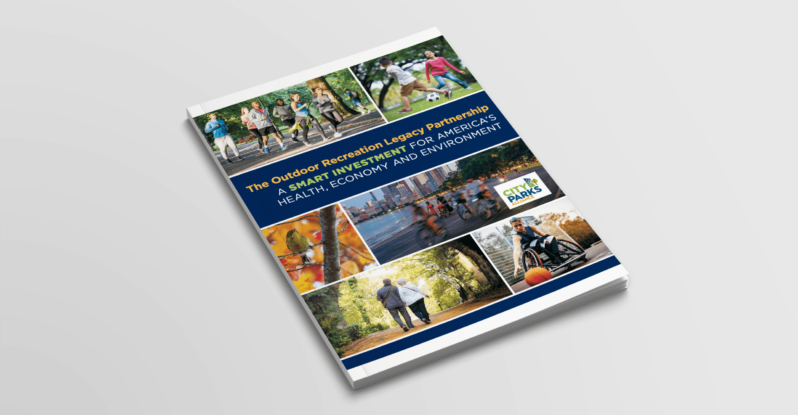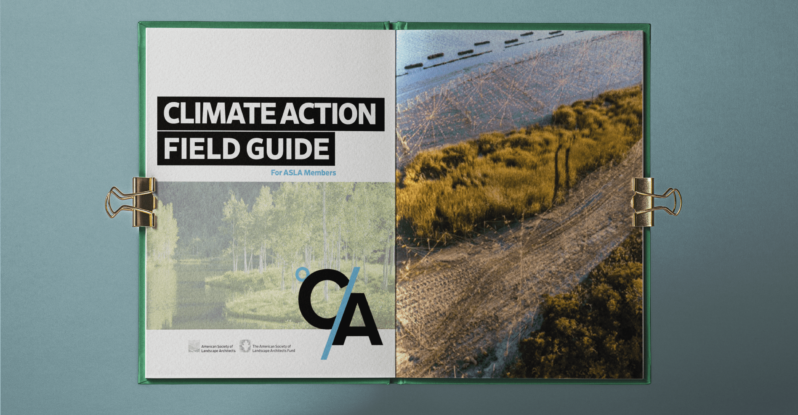Challenge
Looking to improve upon its reputation as the birthplace of Frank Sinatra and as a more-affordable, post-industrial bedroom community for Manhattan’s working middle class, Hoboken, NJ sought to create its own “Central Park”—known as Northwest Resiliency Park. The price tag: $90 million. The park will stretch over a 6-acre parcel purchased in 2016. When done, it will be the largest park in the city. It will host athletic fields, lowland gardens, open lawns, a park pavilion, playgrounds, ice-skating rink, spray water feature, and shade structures. But Resiliency Park will provide resiliency to more than just Hoboken’s denizens– according to the city it will be “a fundamental part of Hoboken’s resiliency strategy by integrating green infrastructure and innovative stormwater management measures to mitigate flooding from rainfall events.”

Funding Action Plan
The City purchased the property back in 2016 from BASF for $36 million. The money came from Hoboken’s Open Space Trust Fund through a property tax levy and a low-interest loan from the New Jersey Environmental Infrastructure Fund Program— the state’s Clean Water SRF. The funding plan includes 19 percent principal forgiveness for the green infrastructure components.
After the purchase, $650,000 came from the Open Space Trust Fund for a temporary, 5-acre “Pop-Up Park” usable by residents while the formal Northwest Resiliency Park was being built. Next, $1.6 million was allotted to hire Engineering & Land Planning Associates Inc., for engineering services like site visits, reviewing contractor submissions, and prep drawings of the park-to-be. Likewise, $3.7 million went to Michael Baker International for construction administration, observation and inspections. Another $1.03 million was earmarked for remediation of the site, which hosted a chemical plant for more than 80 years. Tomco Construction, Inc. garnered the largest contract—$48.6 million—for park construction.
Success Builds Success
The idea for the park had been tossed around since 2004 or so, but when Hurricane Sandy struck 2011, the city began looking to the park for flood management. The park sits in the middle of a FEMA-designated special flood hazard area and will need to handle least 1 million gallons of stormwater runoff. Construction commenced on September 9, 2019 and has continued through the COVID-19 pandemic with planned completion sometime in 2022.




